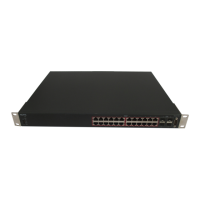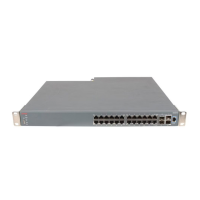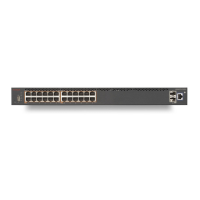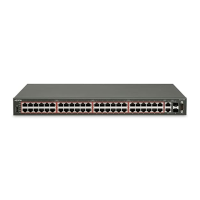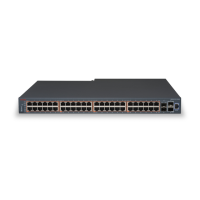NEAP Not Member of VLAN
The NEAP Not Member of VLAN feature ensures that ports configured with RADIUS Non-EAP
authentication are assigned to at least one VLAN to make authentication possible for Non-EAP
clients.
For more information, see:
• Configuring Security on Avaya Ethernet Routing Switch 4000 Series, NN47205-505.
•
Non-EAP not a member of a VLAN on page 159
Syslog Support for 802.1X/EAP/NEAP/UBP
Syslog messages for the various states of 802.1X/EAP/NEAP/UBP authentications are
introduced to allow more thorough troubleshooting.
Logged messages include:
• time of authentication
• MAC authentication success/failure
• IP address associated with MAC authentication
• VLAN and UBP policy assignment
For more information, see:
• Configuring Security on Avaya Ethernet Routing Switch 4000 Series, NN47205-505.
•
System logs on page 33
Trace Support for 802.1X
The trace feature is a troubleshooting feature that provides detailed information about errors
and events on the device. Use this feature to understand the cause of an error and take action
to resolve it. The trace command supports 802.1X/EAP in four levels for each module or
application apart from supporting various other applications (OSPF, RIP, SMLT, IPMC, IGMP,
and PIM) from previous releases. All the previous levels of trace are supported (Very Terse,
Terse, Verbose, and Very Verbose). If higher levels are requested, more information is
displayed.
For more information, see:
• Configuring Security on Avaya Ethernet Routing Switch 4000 Series, NN47205-505.
•
Using Trace on page 159
New in this release
20 Troubleshooting Avaya ERS 4000 Series April 2014
Comments? infodev@avaya.com

